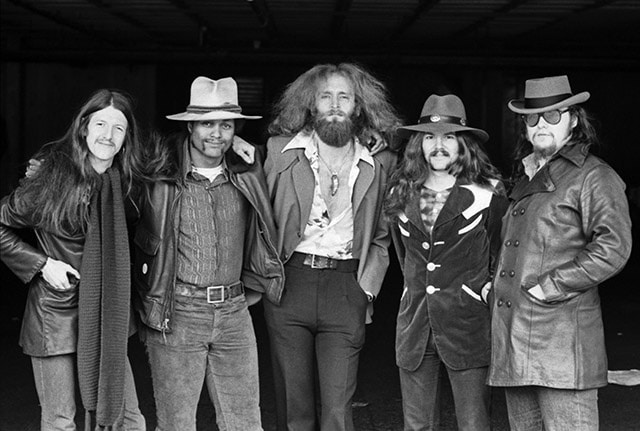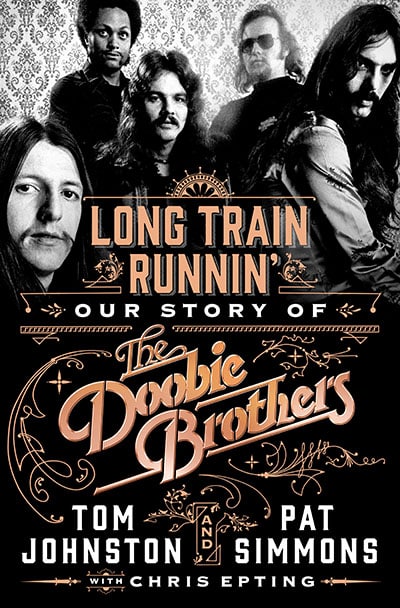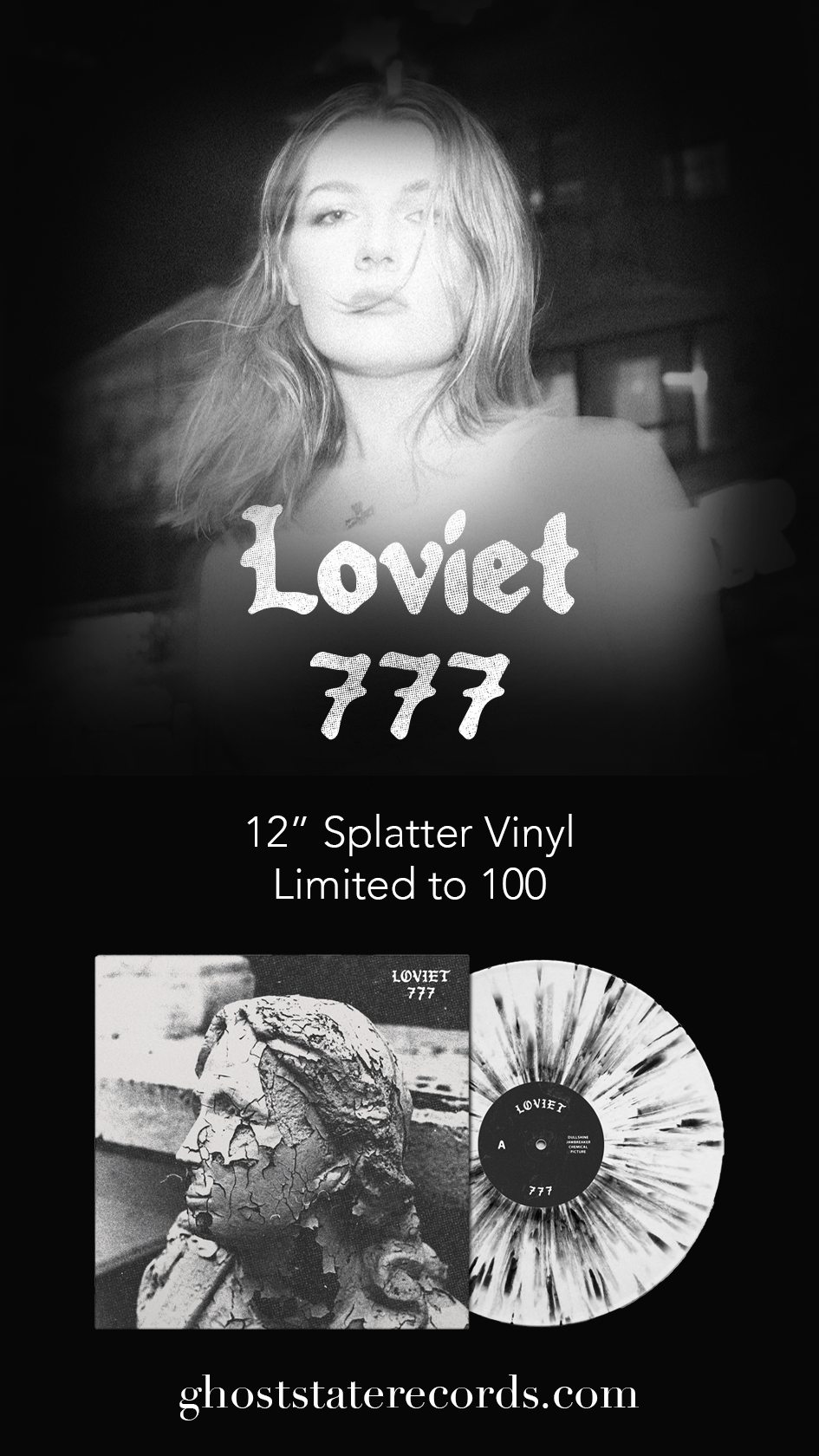
Photo by David Gahr/Getty Images
Listen to “Black Water,” and listen to the music (pun intended). Nearly a half-century ago, The Doobie Brothers were among the architects of the alt-country and Americana music genres. In that one song, sweet fiddle, lilting acoustic guitars, and some of the most soulful, multifaceted harmony singing you’ll hear, create an aura of the Mississippi River rippling past New Orleans. Several other songs scattered liberally throughout their catalog such as “Slack Key Soquel Rag,” also displayed The Doobie Brothers’ uncommon flairs with intricate, acoustic-based songcraft.
During that same time, the Doobies toured the world, resplendent in lavish attire, and rocking with a vengeance. Then, just five years after “Black Water,” Michael McDonald was crooning their No. 1 smash (they placed 16 in the Top 100), “What a Fool Believes,” a beautifully soulful pop song. In 10 short years, the musically deep Northern California rockers popular with the biker crowd had become a group that your mom knew and loved. They achieved and maintained musical credibility and massive international acclaim as if it were nothing.
But it certainly was not nothing, and it lasted not 10, but 52 years and counting. “Long Train Runnin’: Our Story of The Doobie Brothers,” takes fans on a ride through all that went into The Doobie Brothers, and all that came out of them. Lengthy, casual exchanges between founders Tom Johnston and Pat Simmons, plus others central to the tale, as compiled by Chris Epting, create a narrative both stimulating and easy to digest.
Discussions of Johnston and Simmons’ dissimilar backgrounds and the musical and hippy climate at the time lay the groundwork. Did the classic sex, drugs, and rock ‘n’ roll excess and debauchery impact the band? Of course, related here with equal measures of humor, regret and caution. Musical inspirations — including a key revelation for this died-in-the-wool fan — are exposed and explored. Personal foibles are thankfully overshadowed by respect, loyalty and charity. Motives behind key members leaving, and others coming into the band, underscore how The Doobie Brothers embraced change, and succeeded by it.
Certain recollections spoil the flow, like unnecessary accounts of photo shoots, and a peculiar explanation of the band’s temporary dissolution in 1981, which has Simmons praising a lackluster album and the purchase of a “Doobie house,” just prior to it all going south (figuratively, and literally, apparently). I also find it surprising that the band’s 2004 acoustic-based performance and resulting album, “Live at Wolf Trap,” is not discussed. Likewise, the 2018 shows released as “Live at the Beacon Theatre.” Both are landmark latter-day Doobie albums and prove their timelessness and undiminished facility with complex instrumental passages and vocal harmonies.
Doobie Brothers fans will find much to enjoy in this book, and will likely be compelled to revisit one of American rock ‘n’ roll’s catchiest, feel-good, and enduring songbooks.
-Tom Clarke

‘Long Train Runnin’: Our Story of The Doobie Brothers‘
Tom Johnston and Pat Simmons with Chris Epting
Publisher: St. Martin’s Press
Release: May 10, 2022


